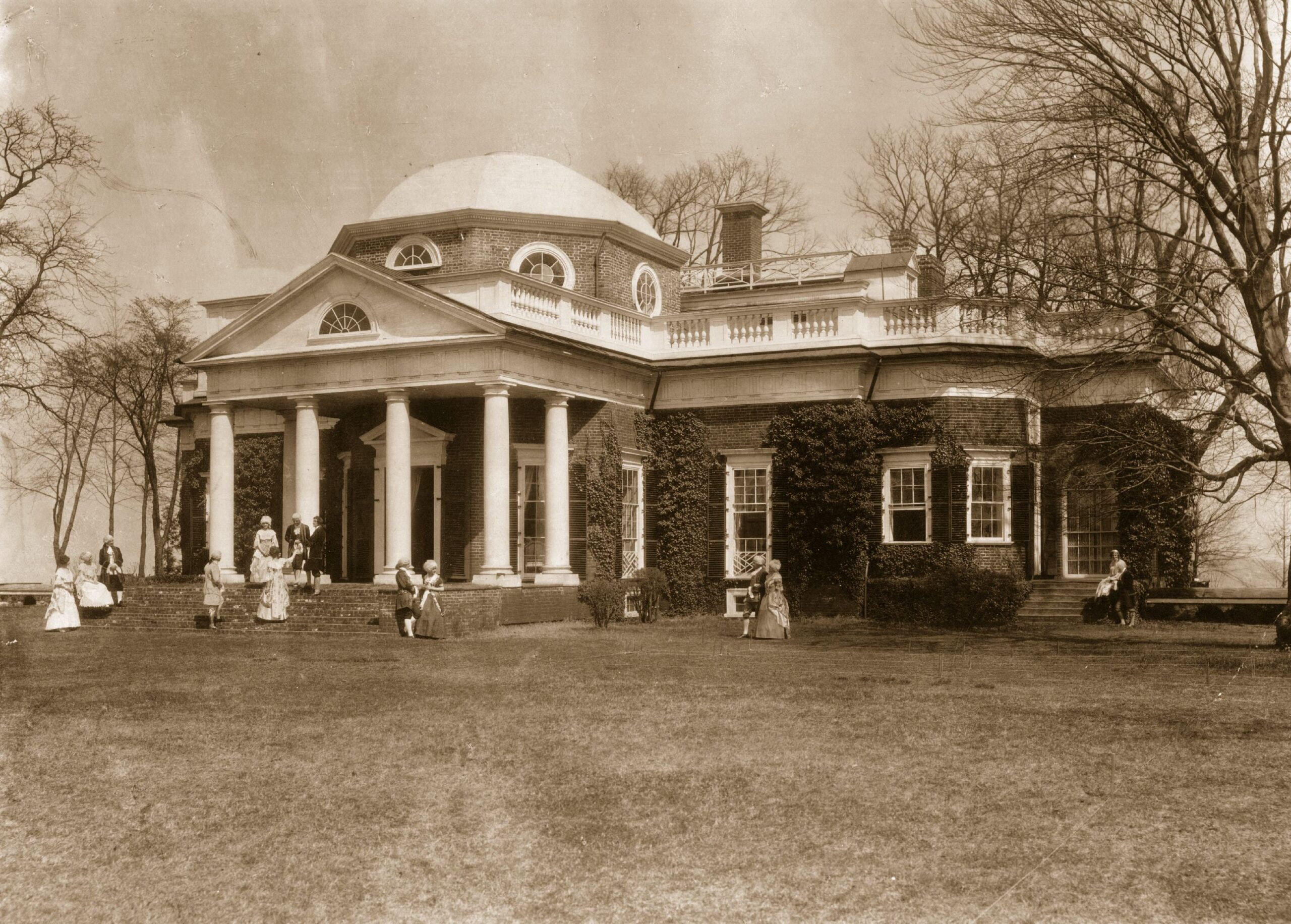Although generations have passed since the American Civil War, slavery’s past still taunts Black Americans in the form of Confederate flags and southern plantations. In fact, there remains hundreds of plantations in the American south— many of which are still privately owned by descendants of slave masters.
Suggested Reading
That’s why Black folks celebrated when news of Nottoway Plantation burning broke headlines on Thursday (May 15). But the truth is this was one of the hundreds of plantations still connecting America to the skeletons in her closet. So here’s a history lesson on 15 southern plantations where the most brutal chattel slavery occurred.
Nottoway Plantation in Louisiana
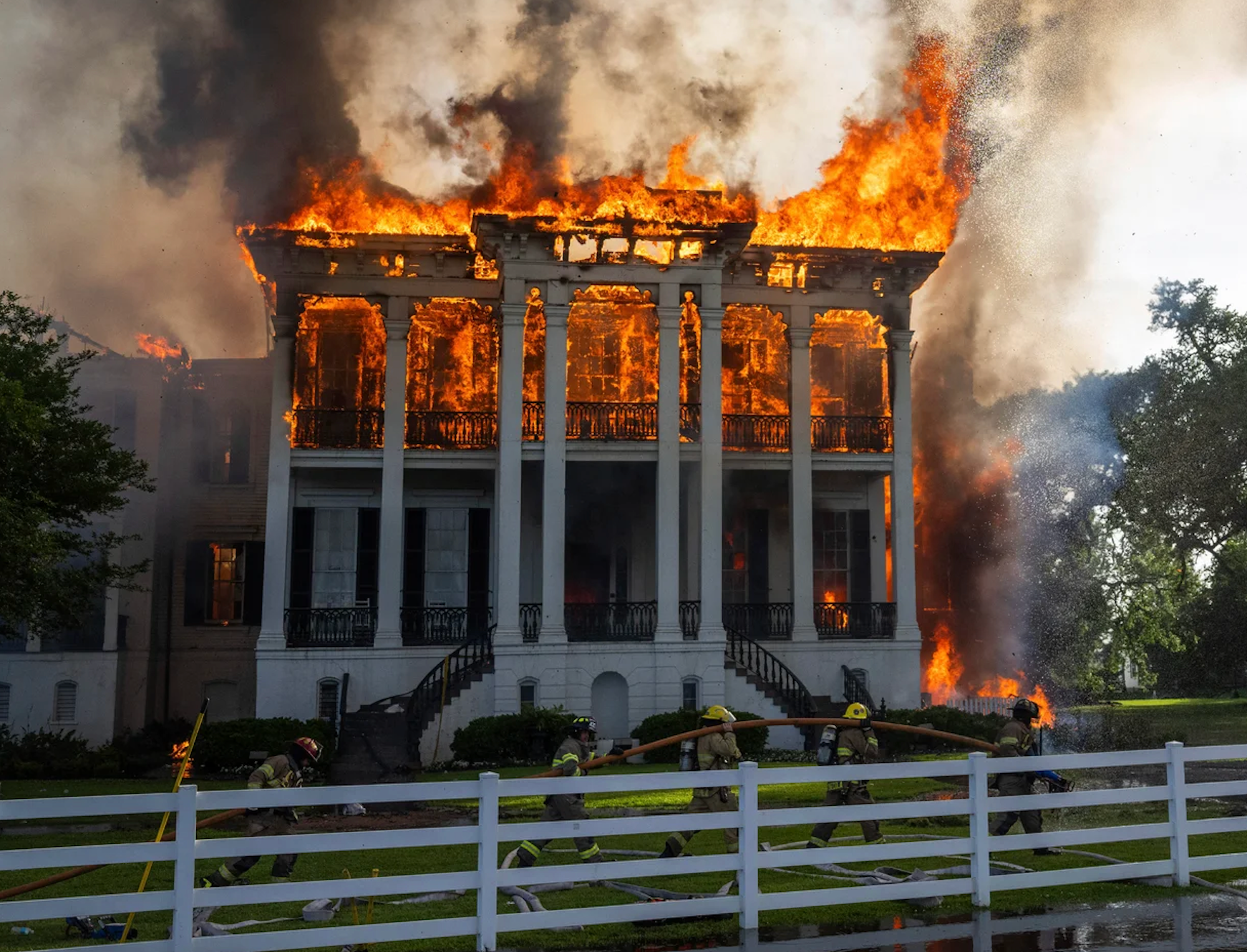
Nottoway Plantation was built by enslaved Africans in 1859. The property’s main house— located in White Castle, La.— was the largest antebellum mansion in the U.S. South until it burned to the ground on Thursday, according to the Advocate. By 1860, a sugar planter John Hampden Randolph owned Nottoway and 155 enslaved Black people. Although the Civil War ended— freeing American slaves in 1865— life at Nottoway remained the same for years to come. According to the website, where you could weddings and other festive events, the 53,000-square-foot property is home to a 162-year-old Oak tree named Ella Eugenia.
Monticello in Virginia

Built in 1771, Monticello was owned by the third U.S. president, Thomas Jefferson. On the property named after the Italian word for “little mountain,” Jefferson built his mansion and kept around 400 slaves, according to the Monticello website. The plantation is located in Albemarle County, Va., and there, Jefferson impregnated an enslaved woman named Sally Hemings. Life on Monticello was similar to that of other southern plantations. More than 20 known enslaved people escaped from Monticello from 1769 to 1819.
Oak Alley Plantation in Louisiana
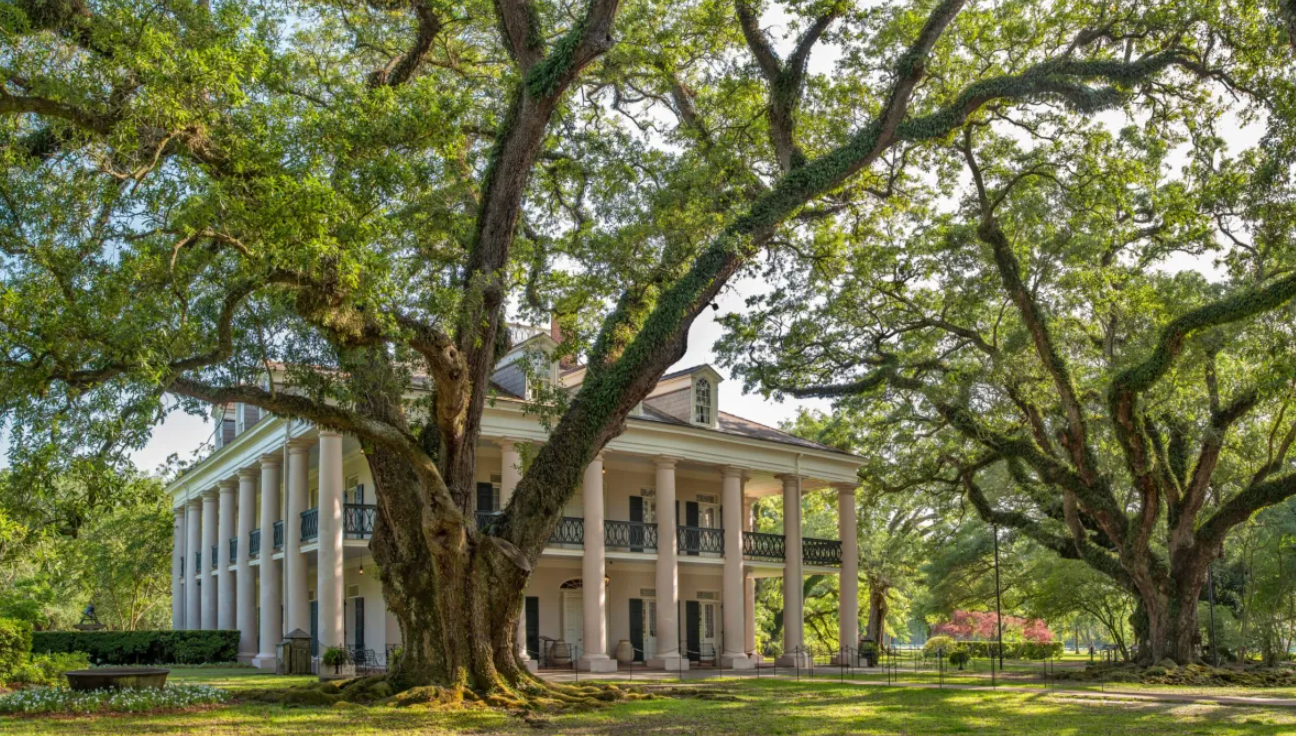
Before Oak Alley Plantation in St. James Parish, La. was established, the area was home to more than 20,000 Native Americans, known as the Chitimacha people. After European diseases, violence and forced migration, the Native tribe was left at a staggering 180 people by the late 18th century, according to the Oak Alley’s website. Eventually, Oak Alley Plantation was established, and although it was smaller than other estates, the Louisiana plantation is rich in community and culture. The plantation was taken by the Union early into the Civil War, according to the website.
Stagville Plantation in North Carolina
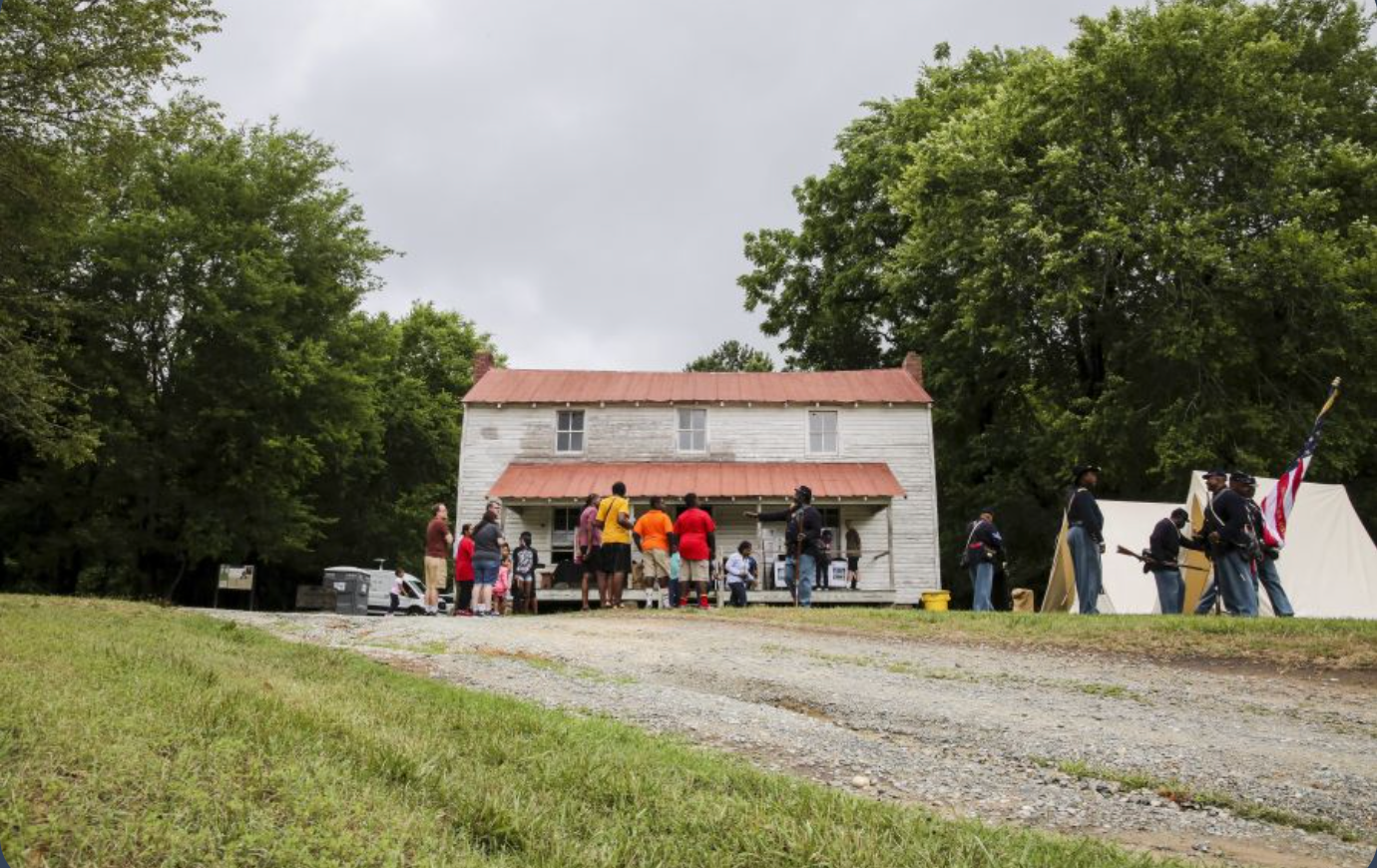
Stagville Plantation in Durham, N.C. is one of the largest plantations in North Carolina. For almost 100 years, the property was run by the Bennehan and Cameron families who used slave labor for profit, according to the website. By the 1860s, the Cameron family owned over 1,000 African-Americans and controlled more than 30,000 acres of land. In 1976, the plantation became state property and is now a museum where the public can learn about the brutal history and impact of slavery.
The Whitney Plantation Louisiana
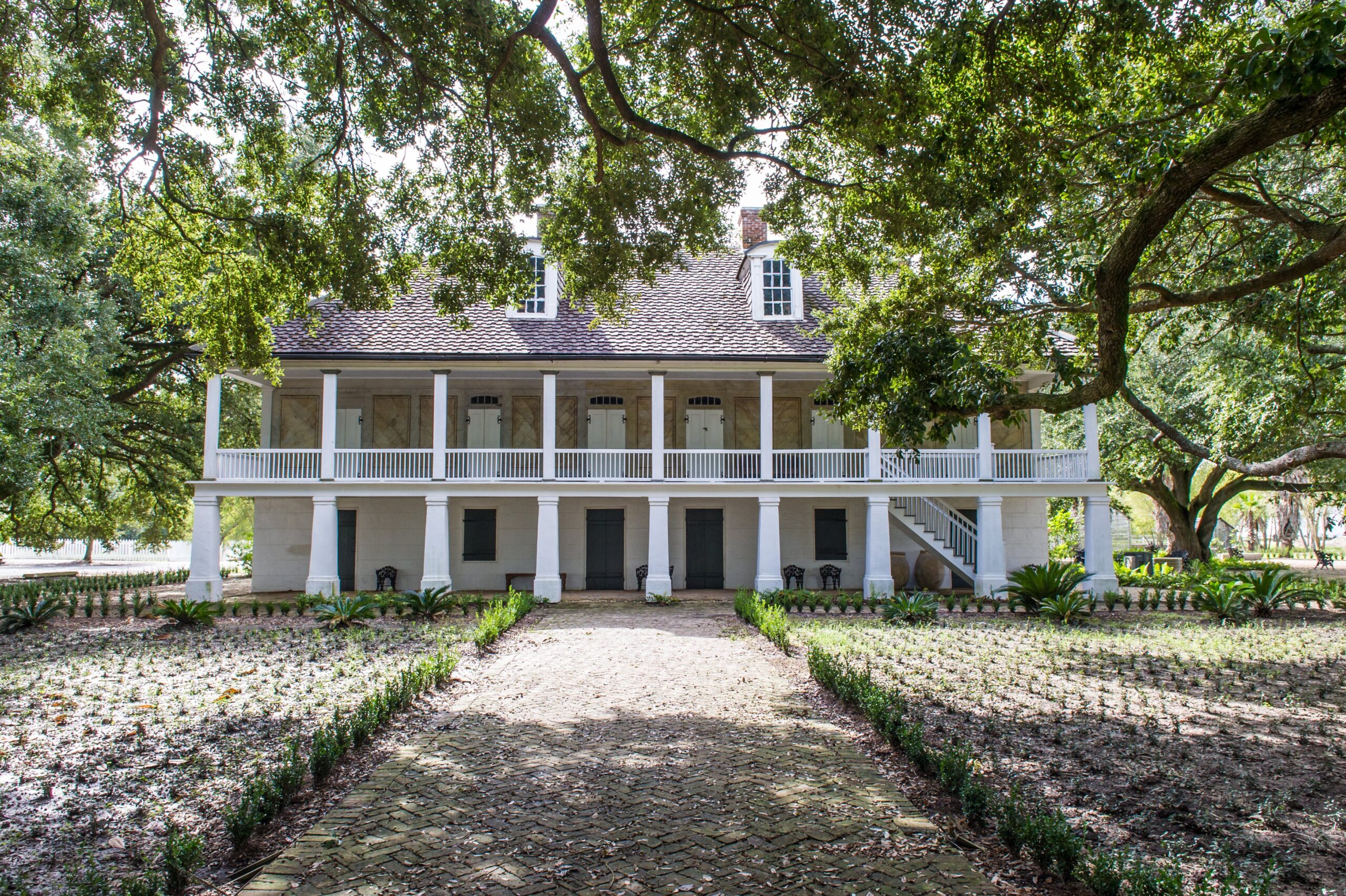
The first ever slavery-focused museum in the country was that of the Whitney Plantation. The property— located near Wallace, La.— opened in 1752 and operated for over 200 years, according to its website. Enslaved Africans produced sugar, indigo and rice. Over the years, the property has become one of the most notable destinations to explore the complex history of slavery. This is also where “Django Unchained” and “12 Years a Slave” were filmed. In recent times, the plantation made headlines after President Donald Trump cut two grants for Black history and culture in “furtherance of president’s agenda,” the Guardian reported.
Shirley Plantation in Virginia
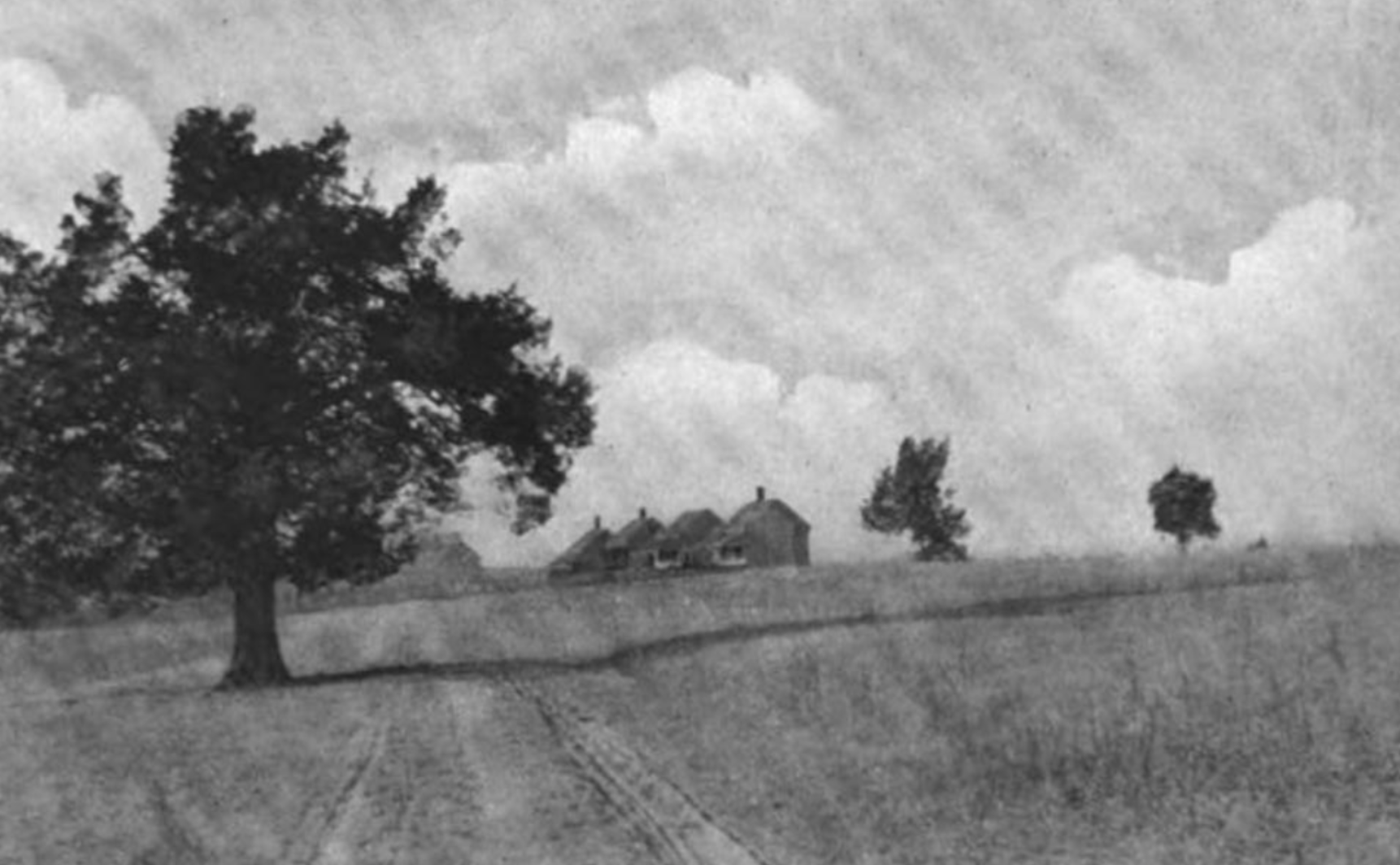
It shouldn’t surprise you that the oldest standing American family business is a former slave plantation. Shirley Plantation in Charles City, Va. is owned by the Hill-Carter family, who have lived on the plantation for twelve generations, according to the website. Before Edward Hill I began farming on Shirley Plantation, the land was inhabited by the Weyanoke people, an Algonquian-speaking Native American tribe, according to VCU. Slave labor soon became the main source of work at Shirley, as the earliest African worker was documented in 1622. Today, the Hill-Carter family works as farmers on the property.
Saragossa Plantation in Mississippi
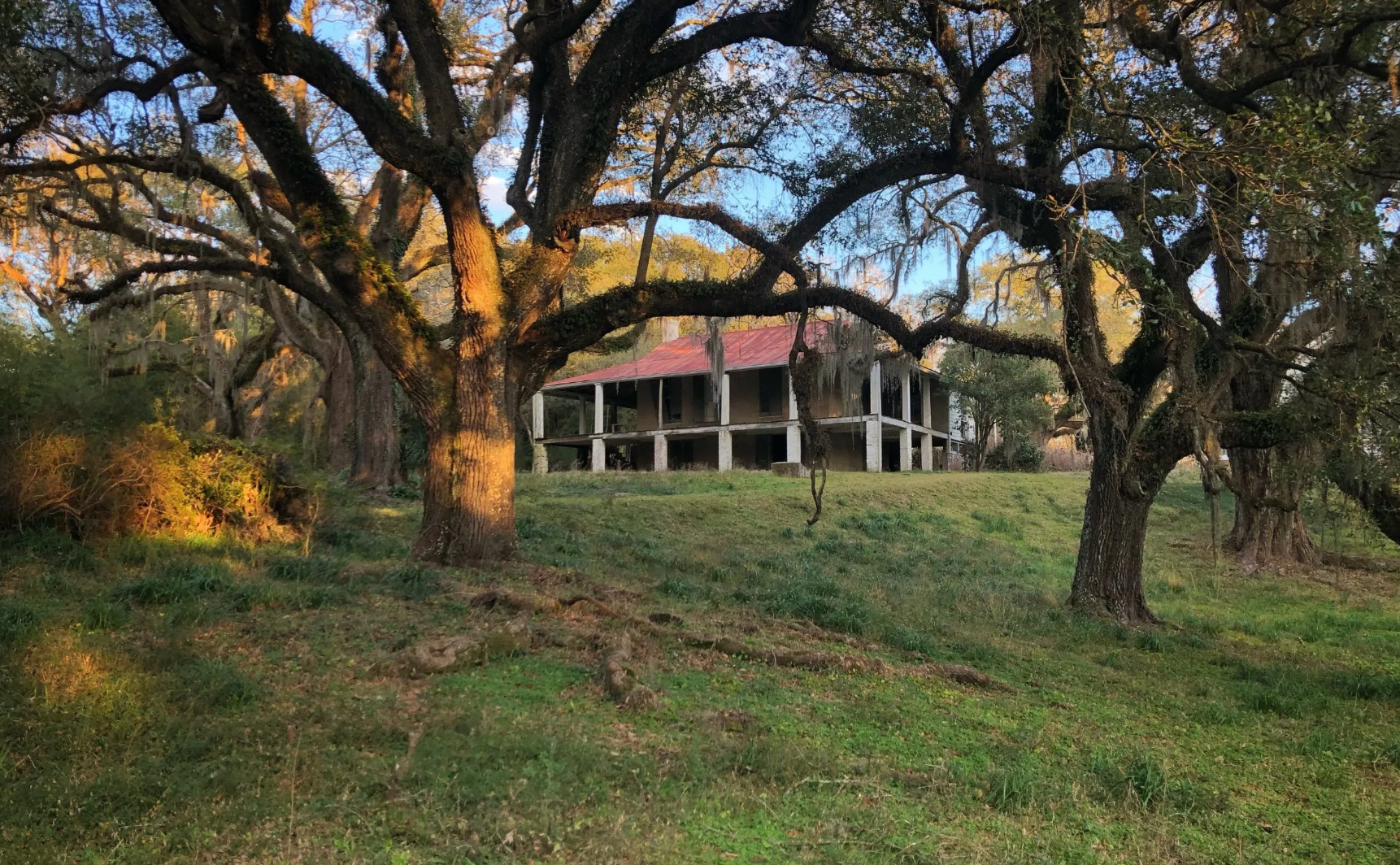
In 1819, Stephen Duncan married Catharine A. Bingaman, and that same year, the property that would soon become Saragossa Plantation was secured. As decades passed, Duncan acquired more land and more slaves, at one point owning 1,000 across his properties, according to theforgottensouth.com. Today, none of the original slave house are still in tact.
Faunsdale Plantation in Alabama
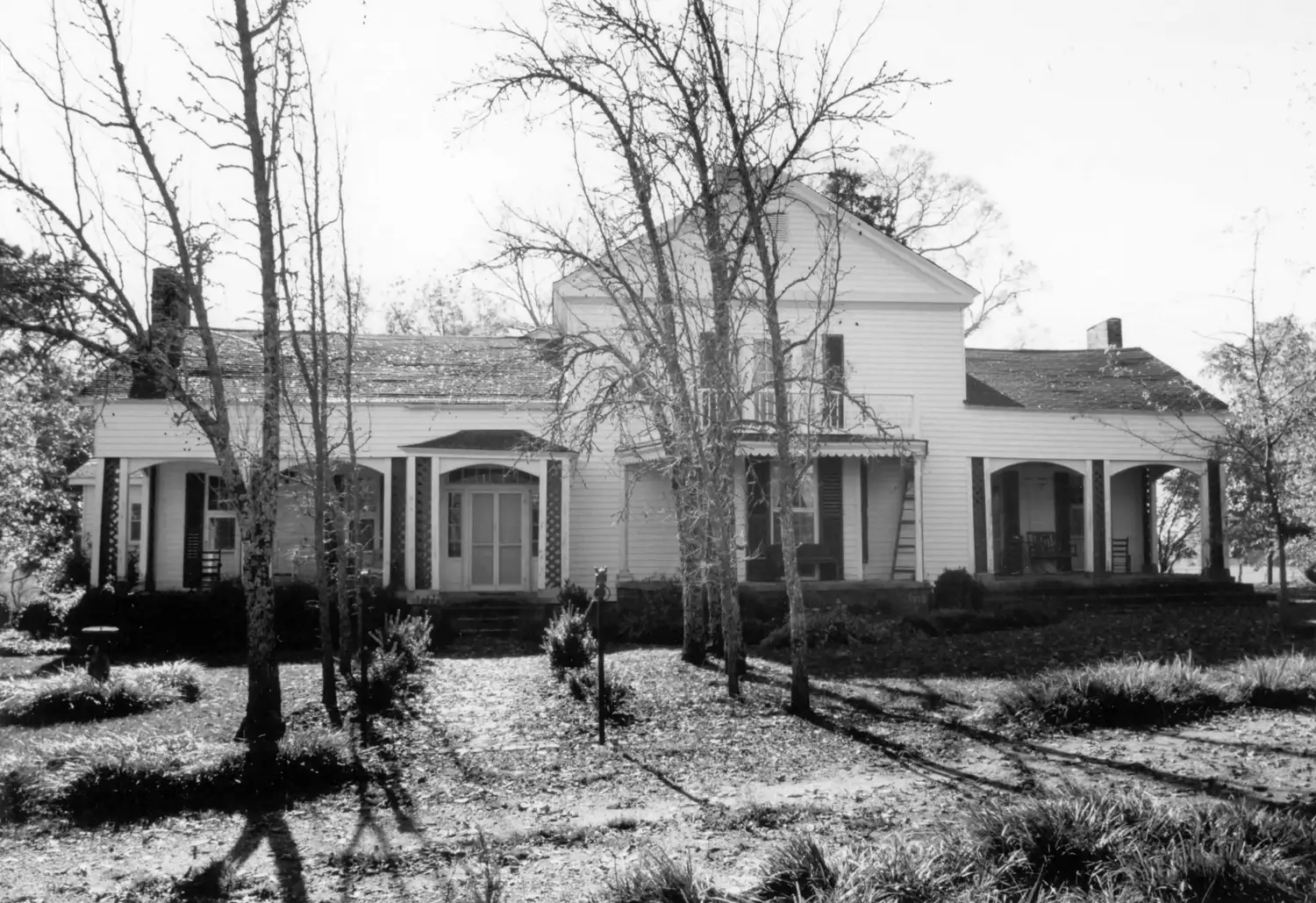
The Faunsdale Plantation has not only had the same owners since 1844 but it still operates as a plantation today, according to Historic Structures. The cotton plantation is located near the town of Faunsdale, Ala. Thomas Harrison first bought parts of land— which would eventually form into the Faunsdale Plantation— for $17,000. Based on the average cost of land in Alabama and the current acreage of the Faunsdale property, The Root estimates the property is worth at least $3.5 million. The now just 250-acre property is still operated by the Harrison family today.
Evergreen Plantation in Louisiana
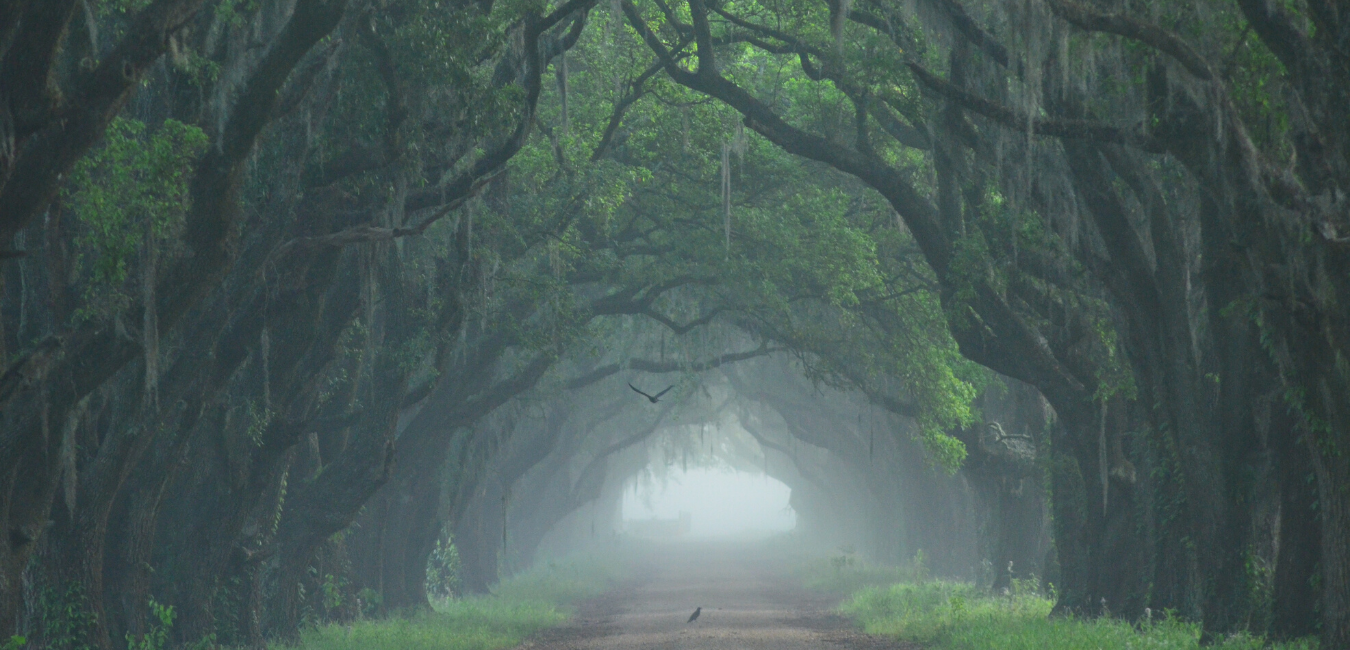
Evergreen Plantation is the most intact plantation complex in the South, according to the website. The first house on the property was built in 1777 by Christophe Heidel, the original owner. Although the plantation is not operational today, in its history, over 400 people were enslaved at Evergreen Plantation. Many of them worked as engineers, blacksmiths and carpenters. The property is privately owned, and if you want a tour, tickets are going for $1,700 on Trip Advisor.
Jarrell Plantation in Georgia
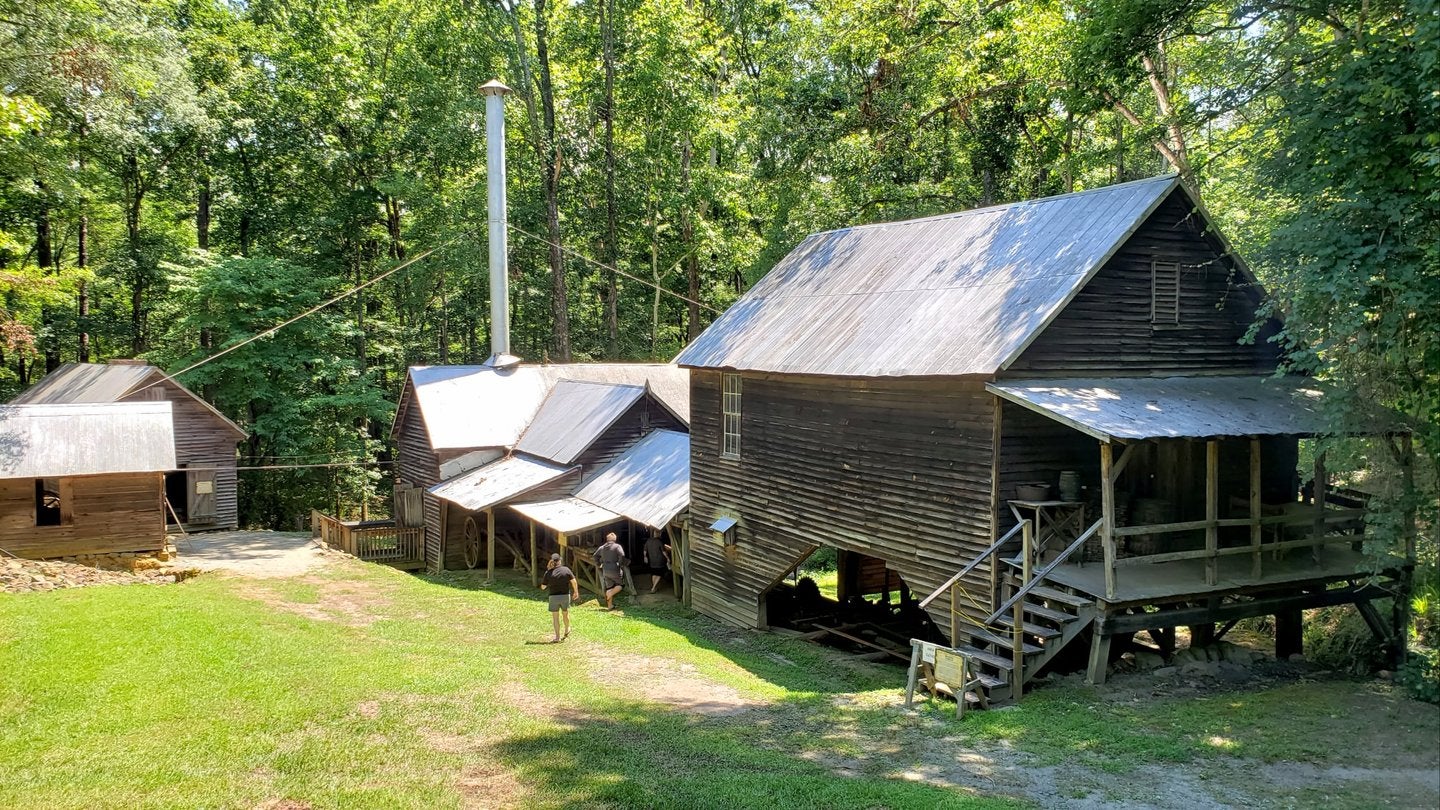
Located in Jones County, Ga., Jarrell Plantation stands today as a historic landmark after the descents of John Fitz Jarrell’s donation, according to Georgia State Parks. Jarrell built a house in 1847, and after 16 years, the property grew to 600 acres. Jarrell Plantation even survived General Sherman’s “March to the Sea.” While many plantation owners suffered after African Americans were freed from enslavement, business was booming for Jarrell. Former enslaved Americans flocked for work on the 1,000-acre plantation. After Jarrell’s death, his son took over, running it as a family owned and operated farm. Decades later, the plantation was donated to the state.
Belmont Plantation in Mississippi
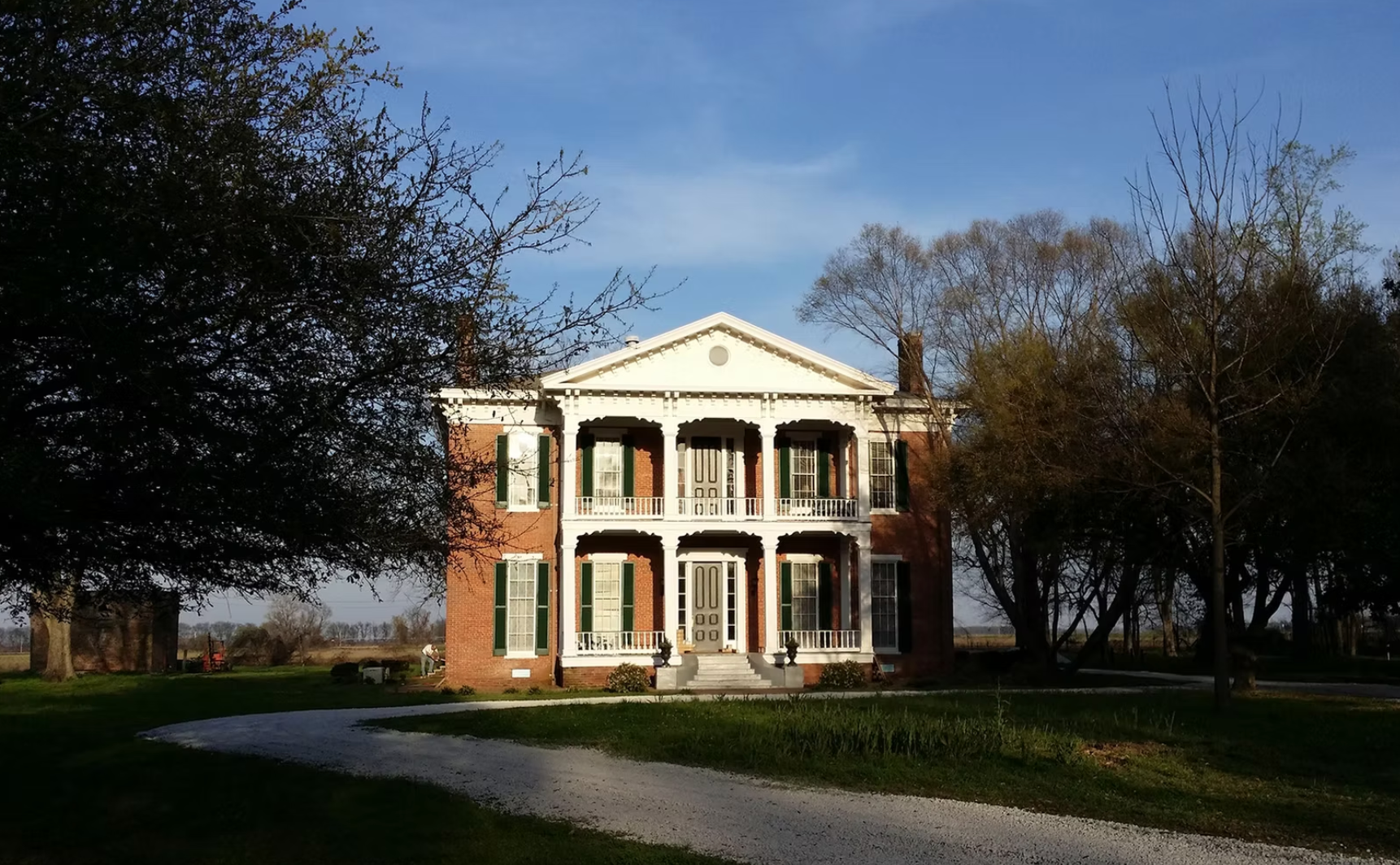
Belmont Plantation is known as “the last antebellum mansion along the river in the Mississippi Delta,” according to its website. Established in 1857, the property has been bought and sold plenty of times. Belmont was owned by the Worthington brothers until the late 1920s when a flood devastated the property. Eventually, the insurance company foreclosed on the plantation, and the Weathers family purchased it in the middle of the Great Depression. It was sold again in 1946 to be turned into a hunting lodge. Then again in 1992, another buyer claimed the deed. In 2015, Bradley Hauser bought the property. But now, the website says Belmont plantation is under newer ownership.
Prairie Park in Missouri
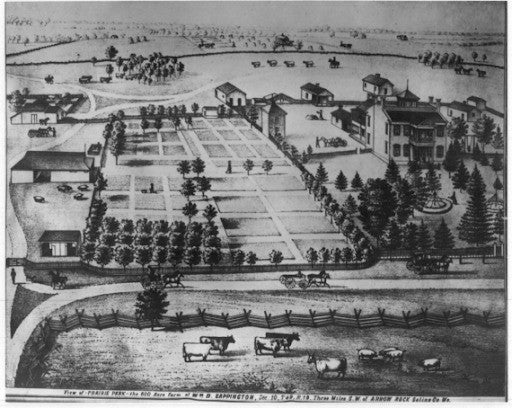
Prairie Park, also known as William Sappington House, was commissioned in 1844. Around 30 slaves worked on the plantation by the time the Civil War started in 1861, according to Clio— a non profit organization dedicated to preserving history. Men worked in the fields while women worked in the house. According to historicmissouri.org, it’s likely some enslaved people at Prairie Park helped build the nearby town of Arrow Rock. Today, Prairie Park has been reduced to a single mansion. The home is privately owned but available for public tours.
Boone Hall Plantation in South Carolina
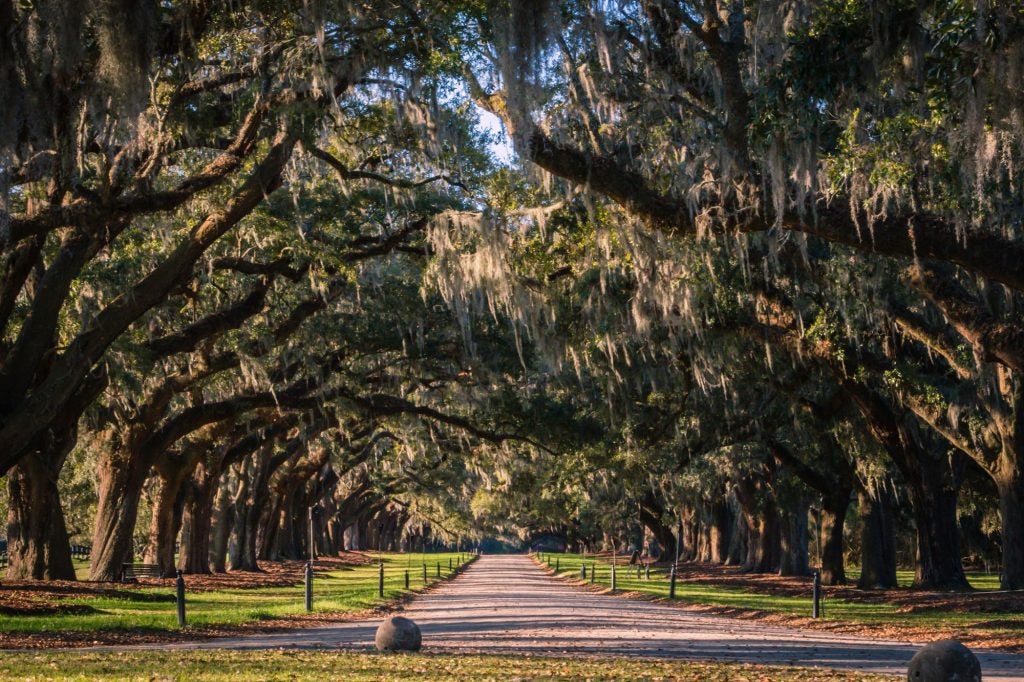
Boone Hall Plantation’s website describes it as “America’s most photographed plantation.” It’s even been advertised as the no. 1 Plantation in the Charleston Area by USA TODAY 10BEST. The establishment was founded in 1681 by a Englishman Major, and over time, the property grew to include enslaved Africans. Today, Boone Hall stands as a museum, with one notable exhibit honoring the Gullah Geechee people. The Gullah live show tells the story of the enslaved Africans who created their own sub-culture native to the lower Atlantic coast.
Marlsgate Plantation in Arkansas
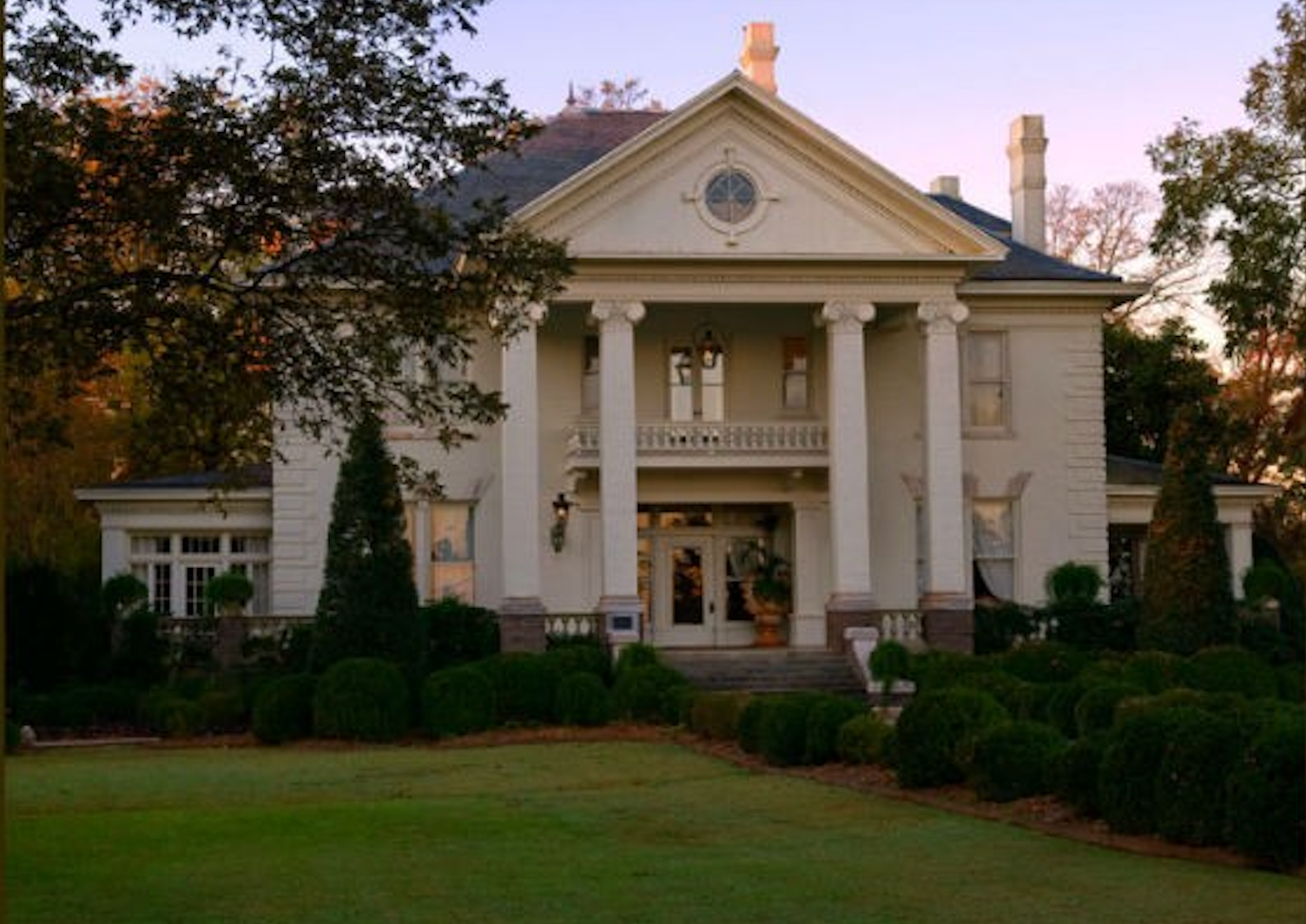
The plantation was originally a “wedding gift” for Nettie Steele and William Pinkney Dortch, given in 1850. The property went back on the market over 100 years later in 1983, according to the website. The mansion has over 30 rooms and is a known spot to host weddings and other special events.
Oak Grove Plantation in North Carolina
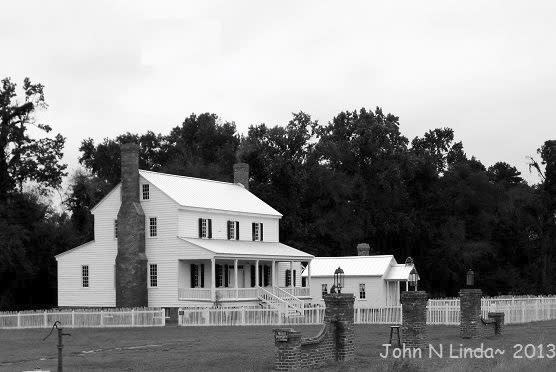
The history of Oak Grove Plantation is unlike the others on this list. Originally build as a plantation where enslaved Africans worked, Oak Grove was captured by the Union during the Civil War, according to thehistorylist.com. It was one of three plantations taken in the Averasboro Battlefield of 1865. After Union victory, the property was used as a hospital. The plantation has since undergone a series of owners. Oak Grove Plantation was, however, recently restored by its newest owners, the Lewis family.
Straight From 
Sign up for our free daily newsletter.


